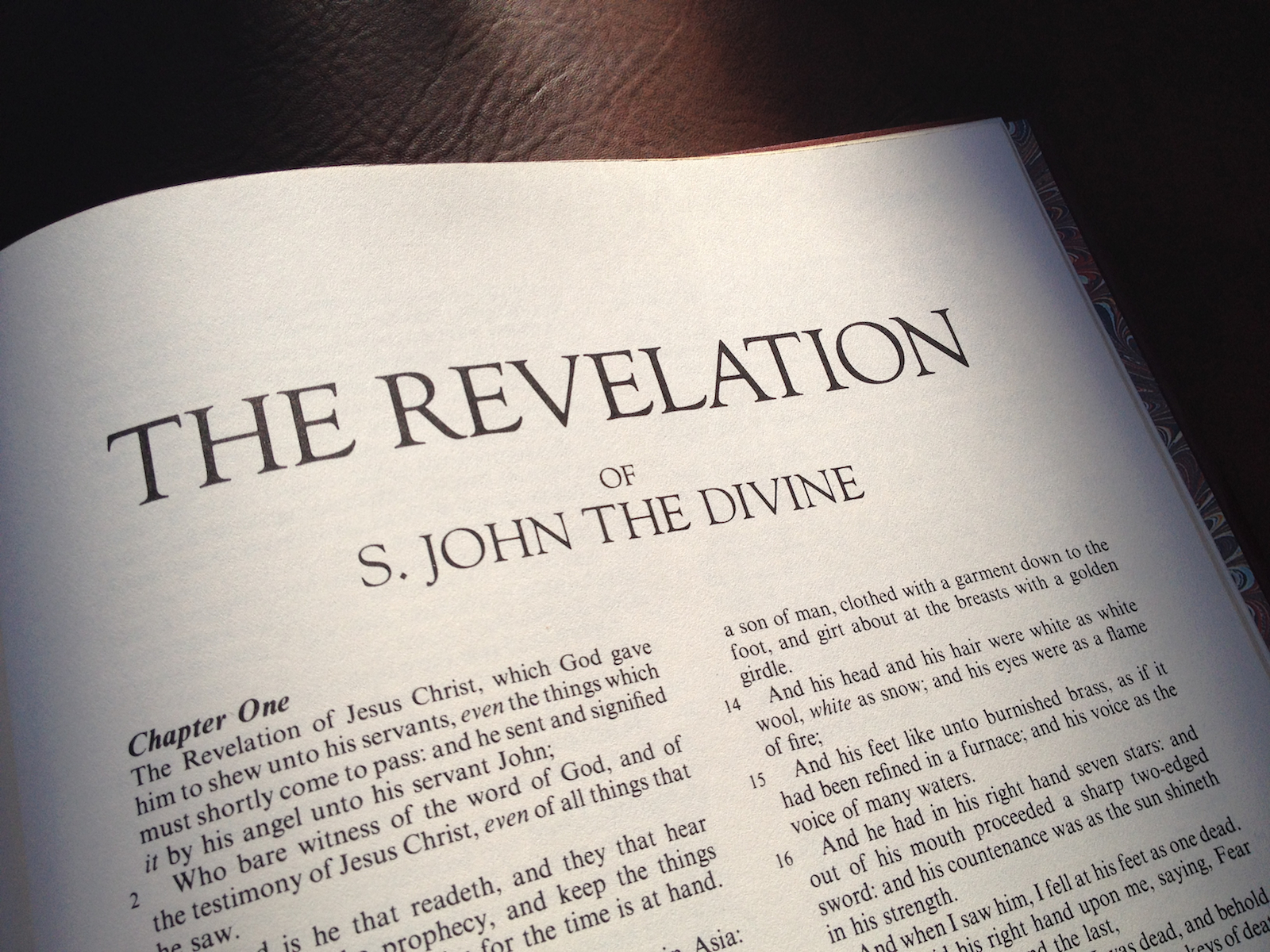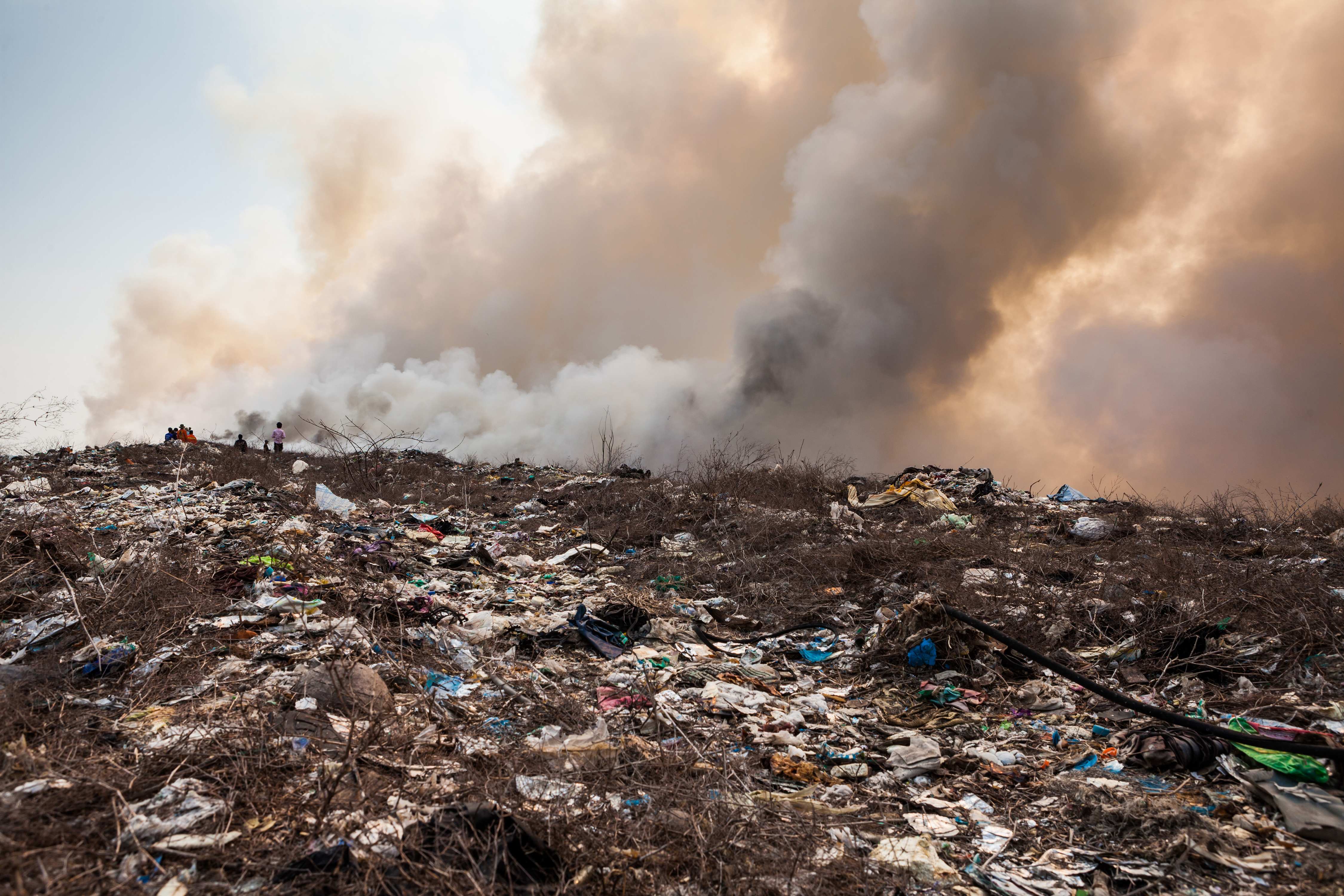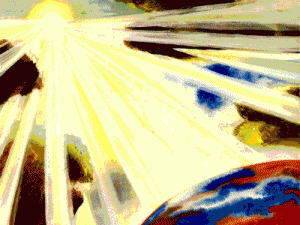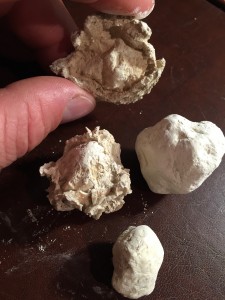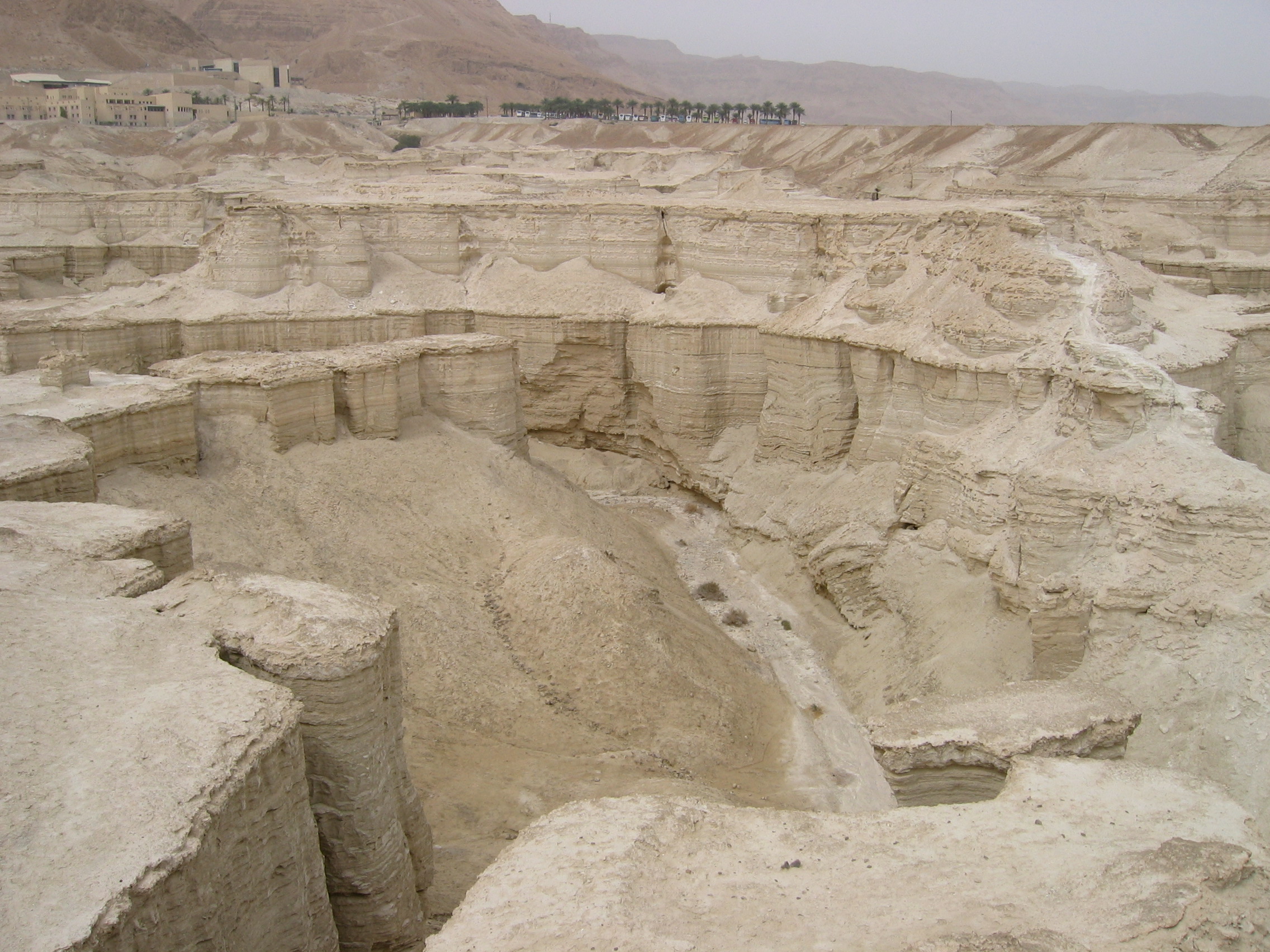Shalom everyone!
In my as yet unpublished commentary on the whole Bible, I have about a thousand pages long commentary on the NT or Testimony of Yeshua alone. Parts and pieces of this I share from time to time on this blog.
For fun and, hopefully, to bless a few readers, I decided to share my commentary notes on Revelation chapters 20 to 22. These notes are unpublished and not formally edited, so if you find any typos, kindly let me know.
I hope this is a blessing to someone and will get you thinking a little! This ought to keep some of you going for awhile! 😉
Natan
Revelation 20
Revelation 20:1, Bottomless pit. (See notes at Deut 32:22; 2 Pet 2:4; Rev 9:1. Also see notes at Isa 14:18–21.)
Revelation 20:4, A thousand years. This is but one of six references in the Bible to the Millennium lasting for one thousand years. The other references are found in the surrounding verses (vv. 2, 3, 5, 6, 7). These are more than enough references to meet the biblical criteria of establishing a truth in the mouth of two or more witnesses. Even then, some biblical students still question the idea of the Millennium and categorize it as a NT concept only and, therefore, feel they can disregard it. This is a shame and shows naive ignorance with regard to the Word of Elohim. An understanding of the prophetic implications of the seventh day Sabbath should settle this discussion once for all. In Hebraic thought, the seven days of creation picture the time man will be on this physical earth. Six days (for six days or six thousand years) man does his own work, while on the seventh day (or one thousand years) he rests and fellowships with Elohim. This is a picture of the millennial rest, which the Jewish sages have long called the Messianic Era, which is to come. The Millennium is not uniquely a Christian or NT concept, but is rooted in Judaism going back before the Christian era. The writer of Hebrews makes reference to this in Heb 7 when he compares Joshua taking the Israelites into the Promised Land with Yeshua taking the saints into the Sabbath, millennial rest of our spiritual inheritance.
Revelation 20:5, The rest of the dead. This phrase is a parenthetical thought. Before and after this phrase, the author is discussing those who will be part of the first resurrection, which occurs at Yeshua’s second coming. Later in the same chapter, John goes on to discuss what happens to the rest of the dead (vv. 12–13).
Revelation 20:7–21:1, Events after the Millennium. The events in these verses appear to be chronological and occur after the Millennium. In Rev 20:2ff John seems to be receiving a f pre-millennial flashback vision. (See my discussion on these verses.)
Revelation 20:8, The four corners. These rebels who will inhabit the millennial earth have removed themselves as far as possible from Jerusalem, which is the seat of King Yeshua’s rule and the at the center of the earth.
Revelation 20:9, Fire came down from heaven. If the New Jerusalem, the seat of Continue reading

